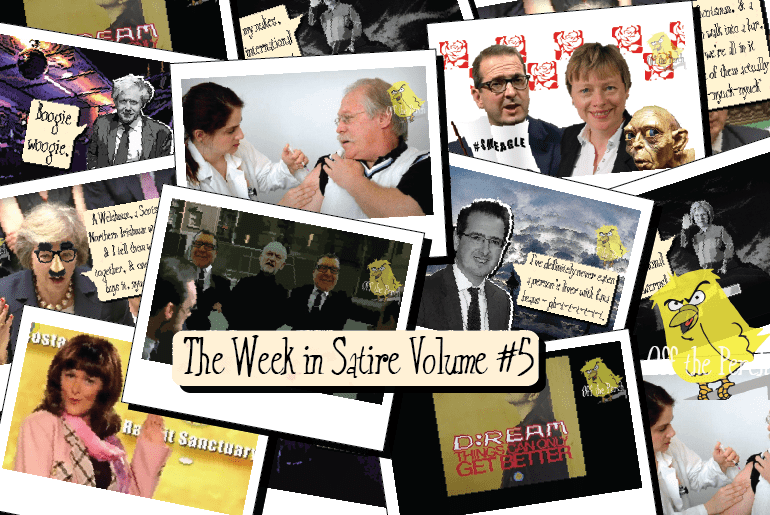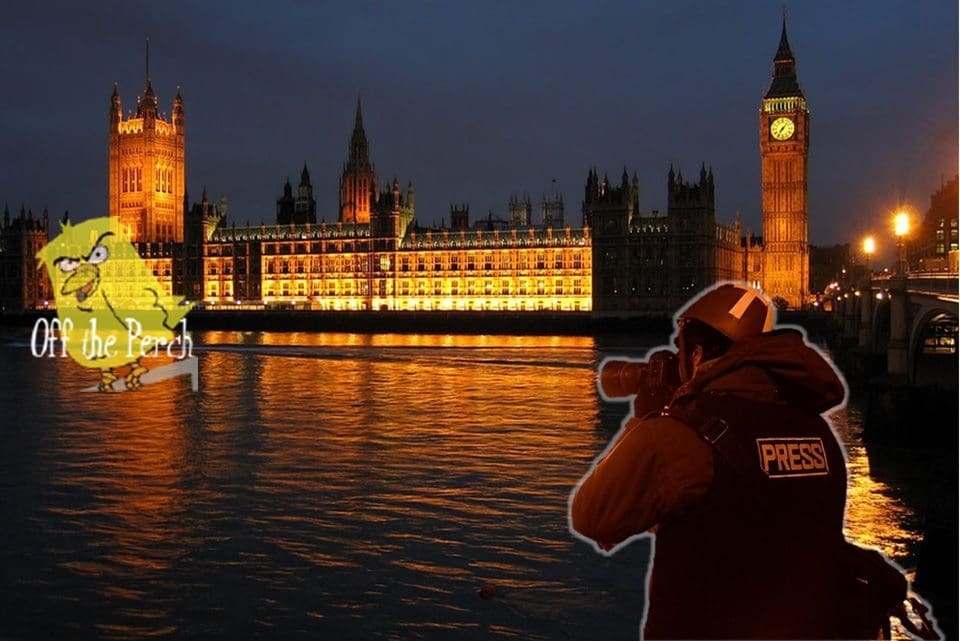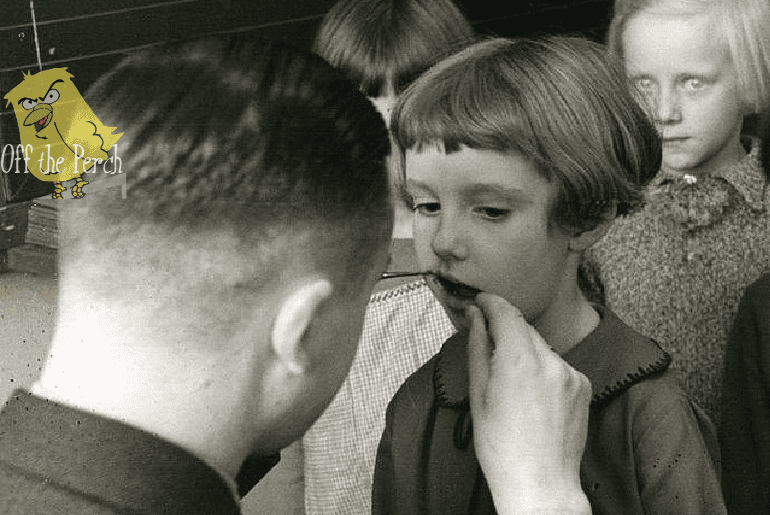(A links to the ‘Restricted’ document, numerous other documents and other resources referred to in this article can be found here.)
A document marked ‘restricted’ provides damning evidence of the British government’s collusion with paramilitary forces in Northern Ireland, leading to widespread terrorism against civilians – including the Bloody Sunday massacre where British soldiers shot 26 unarmed civilians.
The document consists of testimony given by Ian Hurst, an operative of the British Army’s covert military intelligence squad known as the Force Research Unit (FRU) and who went by the cover-name Martin Ingram.
Hurst’s testimony was given in closed session testimony before the official Bloody Sunday Inquiry.
The conflict in Northern Ireland centres on opposing views of the area’s relationship with the United Kingdom: Protestant ‘Unionists’ want the territory to remain a part of the UK, and Catholic ‘Republicans’ want to leave the UK and the territory to become part of the Republic of Ireland.
The FRU’s overall objective was to neutralise as many paramilitary members as possible in support of the Protestant movement’s aim to remain part of the UK. Many FRU members not only infiltrated the IRA, the Provisional IRA (PIRA) and the Ulster Defence Association (UDA), but were complicit in dreadful acts of violence by these paramilitary forces.
It has long been known that the FRU colluded with the Protestant paramilitaries and infiltrated Republican paramilitaries: its mission, to propagate disinformation, direct paramilitary operations and eliminate pro-independence activists as part of a ‘strategy of tension’.
1,067 Catholic civilians were killed between the beginning of the conflict in 1969 and the 1994 ceasefire by pro-UK forces, including 662 by loyalist paramilitaries secretly backed by the British Army. Hurst’s newly-released ‘restricted’ testimony shows the vast extent to which covert British military intelligence operations were behind this wave of terrorist violence.
In his restricted testimony, Hurst described claims that Sinn Fein leader Martin McGuinness fired the first shot at Bloody Sunday as false. The testimony further discredits the British government’s official justifications for its role in the violence.
He also provided details on the extent of British military intelligence’s penetration of the IRA and paramilitary forces. The FRU, he revealed, had a file on suspected rogue Ireland police officers (‘gardai’) who were prepared to act as agents and pass information on to the IRA.
According to Hurst’s restricted testimony, MI5 had a wide network of agents within the Garda, the Irish police force, and fully a quarter of IRA members were British government agents.
At the centre of this web of intrigue, according to Hurst, sat the IRA’s head of internal security, a British intelligence agent known as ‘Stakeknife’, who took information from rogue gardai.
‘Stakeknife’ has widely been identified as Freddie Scappaticci, a veteran Belfast republican. Scappaticci has strongly denied working for British intelligence and claims he cut ties with the IRA in 1990.
The ‘restricted’ file also includes a memo, separate to Hurst’s testimony, refuting previous allegations that Sinn Fein’s McGinness had fired the first shot on Bloody Sunday.
In his own testimony, Hurst revealed how the British Army had pretended to disband the FRU, due to negative publicity and mounting questions about its role in the violence, only to continue running the same types of covert operations under a new name.
Seen in context with other evidence that has come to light from various inquiries, his testimony shows that the deadly covert infrastructure run by the British through the FRU continued to exist long after it was supposed to have ended, and may never have truly shut down:
The FRU was disbanded in name only – primarily because of the bad press that was received via Brian Nelson but the following day was reformed under a different name but exactly the same structure and take it from me the unit that is in operation within Ebrington Barracks with responsibility for agent handling still has custody of those documents and they are absolutely priceless for any incoming handler to read to gain some idea and some degree of the history and the magnitude of Derry as a city and to gain some tangible way of actually gaining experience of how the city of Derry and the people within need handling and its absolutely invaluable and many of those casual contacts get revisited over a number of years. Obviously some of them are dead you know through old age hopefully and one or two of them are dead you know through problems that have been associated through handling. However lets not dwell on that but however let me just say one thing that that information is still available and still within the Army’s control.
A month ago, families of 200 people murdered in the Troubles accused David Cameron’s government of censoring files that could throw light on the circumstances of their deaths (see copy of advertisement, below, published in The Guardian).
The British Government has so far refused to release these files on grounds of ‘national security’.
But peace in Northern Ireland can never be realised as long as government cover-ups continue, or vital evidence concealed.






![Physicists work out how to build Star Trek heavy weapons [Video]](https://www.thecanary.co/wp-content/uploads/2016/07/StartrekBeyond1.jpg)








